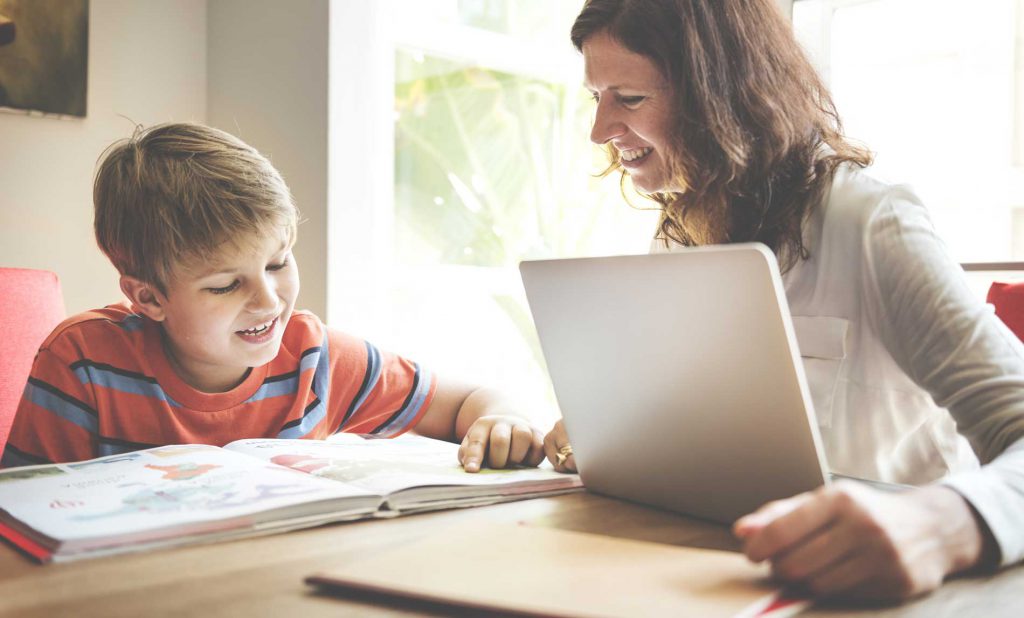A big part of being a Special Education teacher is participating in IEP meetings. These meetings are designed for those involved in the student’s education to come up with annual goals and a plan to execute them effectively. They can be intimidating at first, but we’re here to break down the basics: What’s an IEP? What should be in it? What are the meetings like? What are some tips for successful meetings?

What is an IEP?
An Individualized Education Plan, or IEP, is an outline of a student’s Special Education. It lists the services he or she will receive for their learning and/or attention issues.
Common elements of an IEP:
- Student Info:
- Name, Date of Birth, Grade Level, and date of meeting(s)
- IEP Team:
- Names of the Case Manager, General Education Teacher, District Representative, Parent(s), and SPED Resource Teacher
- Present Level of Performance (PLOP, PLAAFP, or PLP):
- The student’s current abilities, skills, strengths/weaknesses, and, if applicable, their social skills/behaviors
- Annual Goals:
- Any academic and functional skills the student can accomplish during a given school year. Each goal is typically broken down into short-term objectives
- Progress Reporting:
- How the parent(s) will be informed of the student’s progress toward his or her annual goals
- Services:
- What services will be given, for how long, any services given outside the school year (if the student qualifies), and any ‘transition planning’ to get the student ready for life after high school
- Supplementary Aids and Services:
- What accommodations the student will receive while in school. It also states any modifications the student may have. There should also be information about any assistive technology the student will need, if necessary
- Participation:
- How/to what extent the student will be included in General Education classes/activities, including assessment tests
- Parental Consent:
- A signature line for parents to agree to the plan. They do not have to give consent to the entire plan (they can use an addendum to give consent to specific parts of the plan)
What is an IEP Meeting?
An annual meeting between the student’s parents and the IEP team to go over, change and/or update the student’s IEP. Initial IEP meetings will occur when the IEP is first drafted. Afterwards, the meetings will be for making changes as the student progresses.
- Attendees:
- Parent(s), at least one General Education Teacher, at least one SPED teacher, a school district representative, a school psychologist/specialist, and the student
- The student will only start attending once the team starts to develop the transition plan for life after high school. That will go into effect when the student turns 16 years old.
- If the student has any therapists (occupational, physical, speech, etc.), they may be in attendance as well.
- PLOP:
- Your team leader will write a statement about the student’s current level of academic/functional performance and goals. This will be based on data and observations from the parents and other team members.
- Annual Goals:
- Student’s annual progress will be reviewed, and then new/revised goals will be developed for the coming year. These goals should be specific, measurable, and made with the student’s specific needs in mind.
- Individualized supports and services:
- The team will discuss how well the student’s accommodations, modifications, and specialized instruction are working. The team will update supports and services to match the PLOP and new annual goals.
- Wrap Up:
- The team leader will note any changes; this will become a new draft of the IEP. If the parent(s) are not ready to sign any or all of it, they can take it home to look it over.
Things to remember:
- Attend on time or a bit early.
- Respect that the meeting is formal, legal, and confidential.
- Tell the parents how the student is doing, don’t withhold any difficult information out of fear.
- Bring data and work samples to back up what you’re saying.
- Share any ideas that may work well in the classroom (or at home).
- Take lots of notes.
- Put yourself in the parent’s shoes.
- Speak up, even if someone has just said what you were going to say, find a way to add to it.
- Be a team player, you’re all there to make sure the student has the best education they can.
- Share any positive anecdotes about the student even if there are issues as well.
- Listen and ask questions.
- Be open minded to new ideas.
Suggestions for a successful meeting:
- Be organized
- Talk with the parents ahead of time to share their child’s progress and ask if they have any concerns.
- Have all paperwork that goes to the parents in the working file beforehand.
- At the beginning of the year, have parents fill out contact forms with their preferred methods of being reached and what days/times are best for them.
- Send home a reminder of the meeting time and place the night before.
- Document the results of meetings in a spreadsheet/document that can be easily updated.
- Make personal connections with your IEP team members.
- Jot down quotes/success stories you have with the student.
- Communicate regularly with the parents throughout the year; helps prevent surprises at the meeting.
- Request parent input before the meeting and document concerns on the IEP.
- Know your student.
- Get the student’s input on their progress and how they feel about being in special ed.
- Keep clear, organized data; write in parent-friendly terms.
- Know the student’s interests (for initial meetings, ask the parents to share).
Sources: http://schoolhousedivas.blogspot.com/2015/07/the-dos-and-donts-of-iep-meetings-for.html, https://www.understood.org/en/school-learning/special-services/ieps/the-iep-meeting-an-overview, http://www.understood.stfi.re/en/school-learning/special-services/ieps/at-a-glance-anatomy-of-an-iep?sf=nadbjnl#abeem.